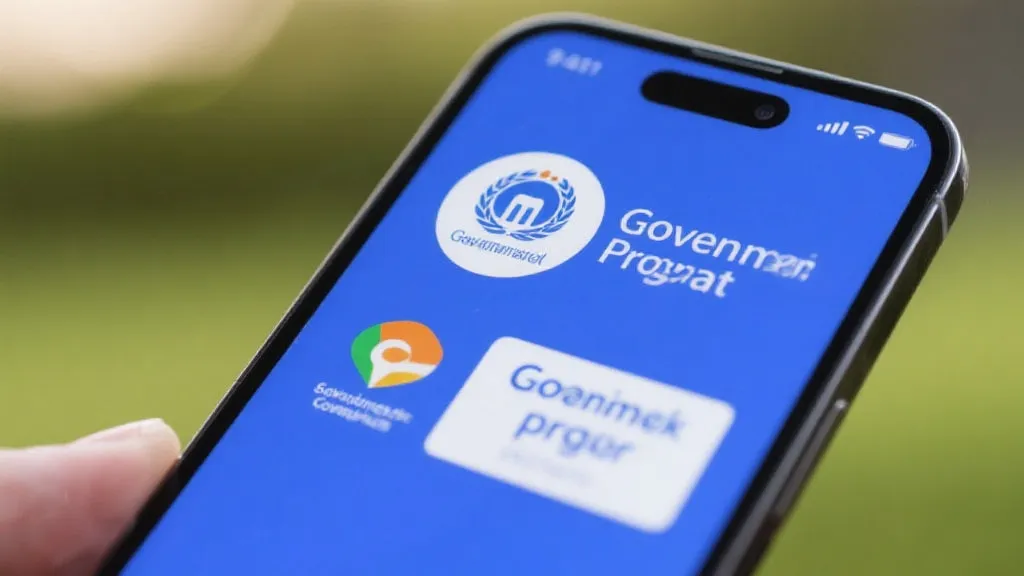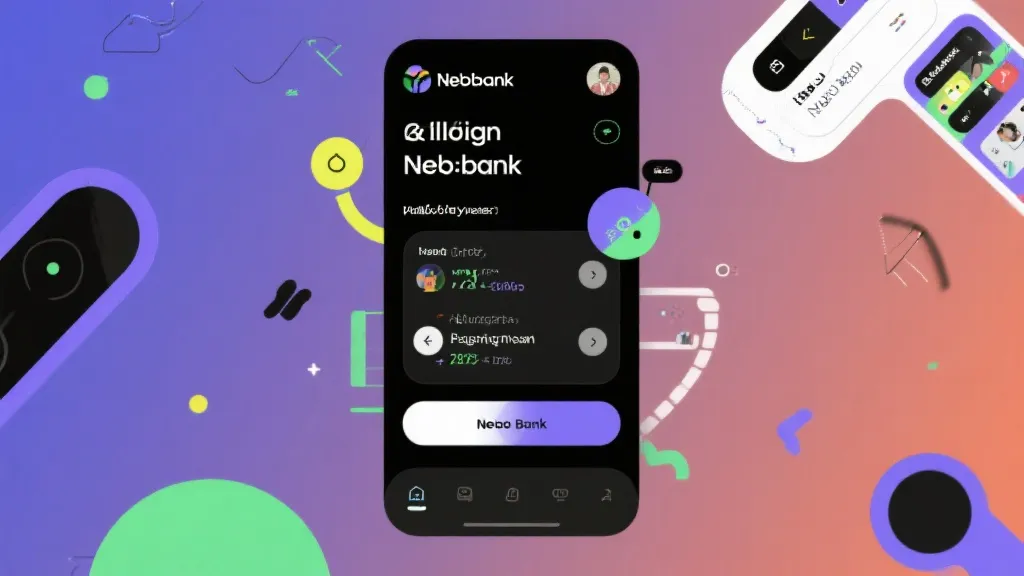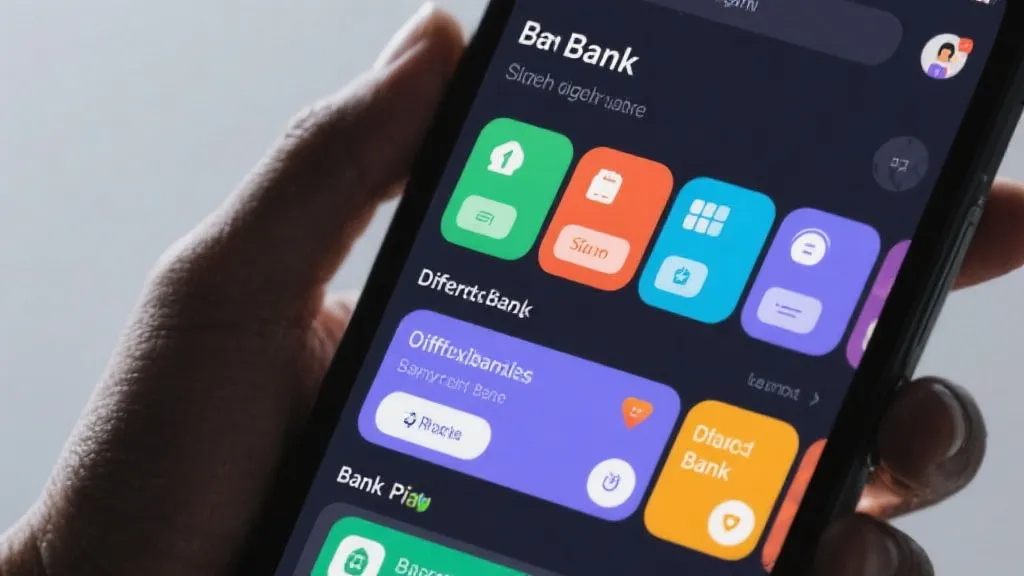This comprehensive guide delves into the workings of government-supported phone programs. Focusing on providers like SafeLink Wireless, this article explores how these programs offer essential phone services to eligible individuals based on their income or benefit participation.

In today's connected world, possessing reliable telecommunication is not a luxury; it is a necessity. Government-supported phone programs play an essential role in ensuring that individuals, especially those from low-income backgrounds, have access to crucial communication services. These programs not only provide basic phone services but also help bridge the digital divide, enabling individuals to access education, healthcare, employment opportunities, and stay connected with their loved ones. The importance of these services cannot be overstated, especially amidst a global pandemic where communication has become pivotal.
SafeLink Wireless, accessible via www.safelinkwireless.com, stands at the forefront of offering these services. As a major provider, it facilitates access to smartphones or allows individuals to bring their own device (BYOD). The services offered can vary depending upon the states and plans, but typically include text, call, and internet data packages. Users can often enjoy free monthly data allowances, which are designed to ensure they can remain connected to vital resources and services.
While SafeLink Wireless offers a fundamental framework to keep people connected, optional upgrades and premium device options may incur additional costs. Importantly, accessing these services involves an online application process where proof of eligibility is required. This process is straightforward, allowing users to complete it from the comfort of their homes. However, it's crucial for applicants to ensure they have all the necessary documentation ready to streamline their eligibility review and application approval.
Numerous other service providers operate in this sector with similar offerings but differ slightly regarding additional services or eligibility criteria. Below is a detailed comparison of several key providers:
| Provider | Service Offerings | Additional Costs |
|---|---|---|
| SafeLink Wireless | Smartphones or BYOD, calls, text, data (varies by plan and state) | Upgrades and additional data costs |
| Assurance Wireless | Android smartphone, calls, text, data allowances | High-speed data and international calls |
| StandUp Wireless | Smartphones or BYOD, talk, text, data plans | Premium phones and extra data charges |
| Access Wireless | Voice, text, high-speed data with Lifeline and ACP | Data boosts and device upgrades |
| True Wireless | Supported phones, voice, and data plans | Device upgrades and additional data packages |
Source: See respective provider websites below.
Eligibility for these programs generally hinges on income levels or participation in government assistance programs such as Medicaid or the Supplemental Nutrition Assistance Program (SNAP). To apply, one must submit an online form and provide document proof to verify eligibility. This may include tax returns, pay stubs, or benefit statements that display household income. In some cases, individuals residing on Tribal lands may receive additional advantages, recognizing the unique challenges faced by these communities.
The comprehensive income criterion is typically set at 135% below the federal poverty guidelines for Lifeline programs, while it extends to 200% for the Affordable Connectivity Program (ACP). This bandwidth allows more applicants to access services, encouraging wider participation in connectivity programs, which contributes to enhancing community support systems.
In the modern age, connectivity is critical for various aspects of life. Individuals who have access to reliable telephone services can benefit significantly. They can look for jobs, attend online classes, consult with healthcare professionals via telemedicine, and keep in touch with family and friends. These communication services help reduce the disparities faced by low-income individuals and families, making government-supported phone programs vital to promoting social equity.
During emergencies, the ability to communicate can be a matter of life and death. Access to telecommunication can facilitate swift responses during natural disasters, health crises, or personal emergencies. It enables government agencies and nonprofits to reach out to those in need and provide essential services, disaster relief, and public safety tips. By ensuring that everyone has access to these vital communication channels, society as a whole becomes more resilient to crises.
Despite the benefits provided by government-supported phone programs, several challenges still hinder the effective use of these services. One major challenge is awareness; many eligible individuals remain unaware of the programs available to them. Efforts must be made to educate communities about these programs and their benefits, particularly in marginalized populations.
Another barrier is the digital divide that persists in many regions across the country. While programs provide basic services, access to high-speed internet remains a challenge, especially in rural areas. Those without home internet connectivity may struggle to utilize online services and educational resources. Addressing this lack of infrastructure and connectivity should be a priority for lawmakers and community leaders to create a more equitable landscape for all users.
Looking ahead, government-supported phone programs are likely to evolve as technology advances and societal needs change. There is a significant push toward expanding services to include high-speed internet access, not just basic voice services. As digital literacy and technology become increasingly integral to everyday living, it will become crucial for these programs to adapt and provide comprehensive telecommunications support.
Furthermore, new initiatives may arise to better integrate mobile technology with social services. Such integration can streamline processes for individuals seeking employment, accessing health services, or fulfilling educational requirements. The goal will continue to be reinforcing the idea that connectivity should be a fundamental right, available to everyone, irrespective of their financial situation.
Government-supported phone programs provide a lifeline for many, ensuring connectivity without financial burden. With plans structured to serve those in need, these initiatives remain a crucial part of the telecommunications infrastructure. Furthermore, ongoing education and infrastructure improvements will bolster these programs, paving the way for a more connected future where everyone has the opportunity to thrive. Moving forward, community advocacy and engagement will be crucial in ensuring these programs receive the support they need to continue serving the population effectively.
The details presented herein are based on information available as of October 2023. These details may change, and applicants are advised to refer to the respective providers for the latest accurate application and eligibility information.
Understanding Sme Neobank Impact

Exploring Webbank and Its Competitors

Discover Westminster Plaza Orlando

Discover Heartis Eagle Mountain Elegance

Westminster Plaza Orlando: A Comprehensive Guide

Transforming Banking with Sme Neobank

Discovering Westminster Plaza Orlando

Discovering Westminster Plaza Orlando

Life Insurance for Seniors: Maximizing Coverage and Benefits
